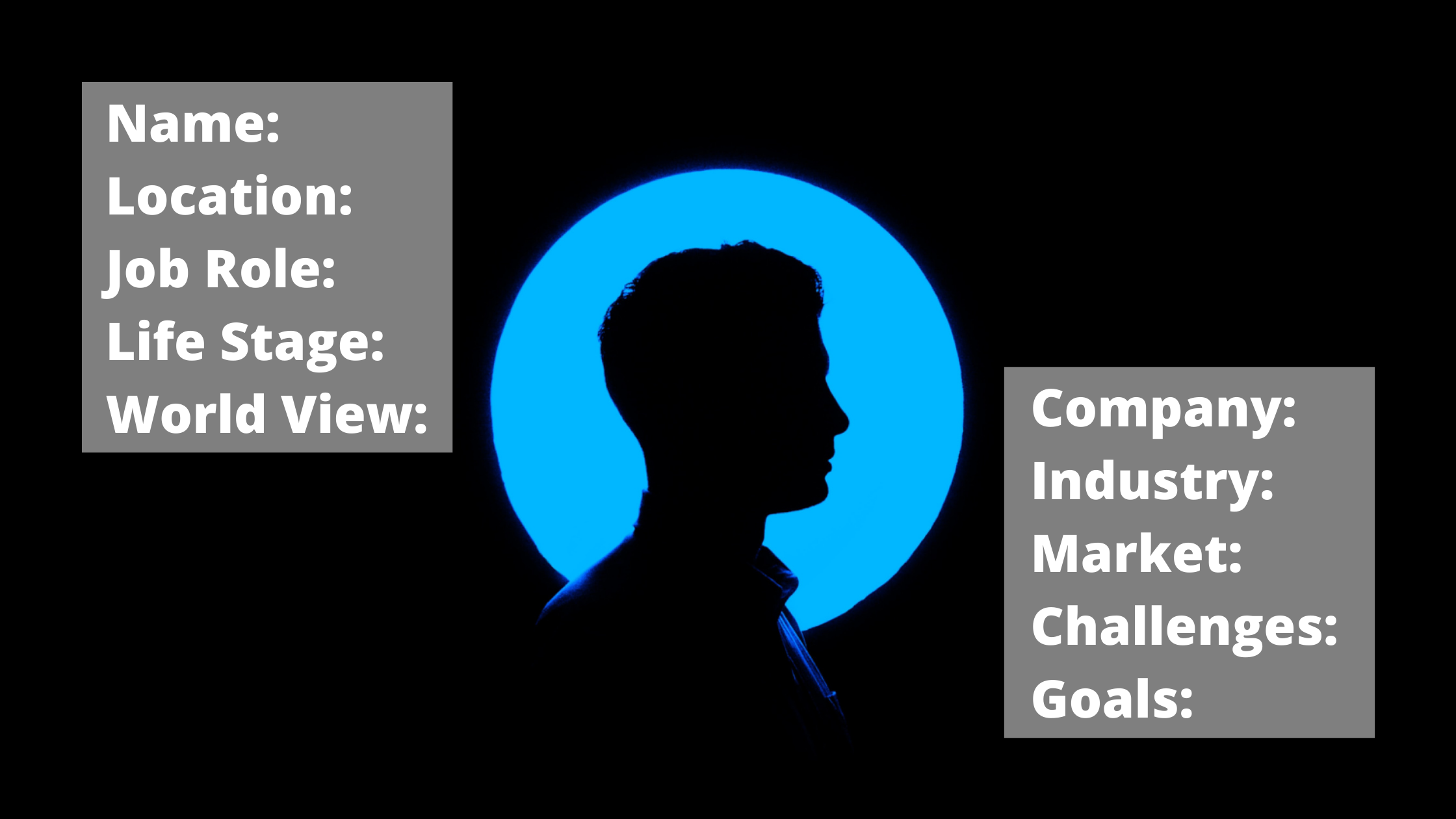Creating and Using Impactful Buyer Personas
Before you start playing a video game, you often need to build a character known as your avatar. This step-by-step process is mostly for you to understand who you are in the game - what skills you have, what you look like, how you react to certain situations, what your mission is, and so on. Creating buyer personas is the same process, only instead of a virtual character, you are creating avatars for real-life people who are buying from you or should be buying from you.
What is a Buyer Persona?
A buyer persona is usually a one-page guide that provides a 360 view of the type of person you will talk to in sales meetings, interact with on social feeds, engage via email, and target with advertisements. Above all else, they and their companies are who you will provide solutions for.
How to Create Buyer Personas?
The best way to create a buyer persona is by collecting real-life data and looking for patterns and cohorts. Making assumptions about the world views, hopes, dreams, and challenges your target market faces can sometimes be misguided, so it’s important to be as data-driven as possible.
Collecting this information can be done through casual conversations, formal interviews, or surveys. The key is to get a full picture of the type of person you are trying to solve problems for so you can make their life better, close the deal, and build on the relationship by serving them at the highest level. It’s important that when creating a persona there is a true backstory and identity there. Give your personal a real name instead of something descriptive like “B2B Buyer 1.”
In order to really know someone, to understand what helps them make decisions, you need to document, retain, and study the nuanced details that you uncover when getting to know your target client. This process can feel overwhelming when starting from scratch, so we made it a free buyer persona template to get you started.
Get Started with this free template
The template includes data points such as:
Industry
Company size
Role / Decision-making power
Experience tenure
Spending power and patterns
What are their primary interests?
What are their goals?
What is their motivation?
What are their biggest challenges?
Age demographic?
What stage of life are they in?
What are their world views?
Where are they located?
What language do they speak?
How do they talk? Casual? Formal? Jargon?
What social media platforms do they use?
How to Use Buyer Personas?
These are the key questions you want to ask in order to make creator personas actionable:
How can you help them?
How can you reach them?
How can you resonate with them?
Why aren’t they choosing you?
How can you change that?
Is the timing right?
Everyone on your team can and should leverage the power of buyer personas to make sure the work they are doing will benefit the end-user or client.
Marketing teams use this guide to craft the brand, develop messaging, and target campaigns
Product teams use it to build new features
Sales teams use it to build pitch decks and inform sales tactics
Customer services teams use it to empathize with clients and craft macro messaging
Operations teams use it to prioritize and optimize their processes
Finance teams use it to create business models and payment workflows
One person or team may be responsible for creating buyer personas, but sharing them across the organization can be an extremely powerful tool for staying aligned and productive in achieving company goals to better serve your target audience.
Buyer Persona Template
To help get you started, we created a simple template that guides you through asking the right questions, concisely compiling the most useful information, and putting this information into action so you can better calibrate your team’s relationship with your customers and potential buyers.

